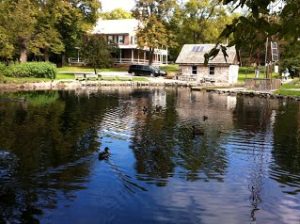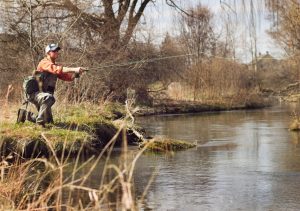Outdoors in Franklin County, PA

There is nothing like the outdoors of Franklin County
From fishing in the Falling Spring or Little Antietam to hiking the Appalachian or Tuscarora Trails, golfing on one of our challenging and award-winning golf greens, kayaking on the Conococheague, or stepping outside your comfort zone for a breathtaking skydive, Franklin County is home to great outdoor fun and relaxation.
A Fisherman’s Delight
Ask any avid fisherman why he enjoys fishing in the waterways of Franklin County, and he might tell you it is because he has so many different spots to fish. “The sheer volume of water that’s available in this part of the state compared to the population is astounding,” explains George Hammond of Custom Tied Flies and Guide Service. Hammond points out that there are four creeks within 25 miles of Chambersburg which are open year-round. These include the Falling Spring, the east branch of the Antietam Creek, a piece of the Big Spring near Newville, and the Green Spring close to Newburg.

Fellow guide Mike Heck agrees with Hammond’s assessment, “Franklin County is unique because of the streams that lie within the area. We’re home to the spring creeks which remain crystal-clear. They always flow out of the ground at 52°. We can Fish the year-round.”
While the Conococheague Creek and the Conodoguinet Creek aren’t open for fishing every month of the year, these bodies of water do offer a wide variety of fish for enthusiasts to set their sights. Bluegills, small-mouth bass, large-mouth bass, and plenty of trout–including wild rainbow, wild brown and Brook can be found swimming across Franklin County.
If fly fishing is your preference, experts say the county is a prime location for that as well. “The Cumberland Valley has some of the classic limestone springs of the United States,” says is Dusty Wissmath of Dusty Wissmath’s Fly Fishing School and Guide Service. “It’s where many of the modern fly fishing techniques and flies are developed. It is a well-known area and holds some great fishing.
Take A Hike!
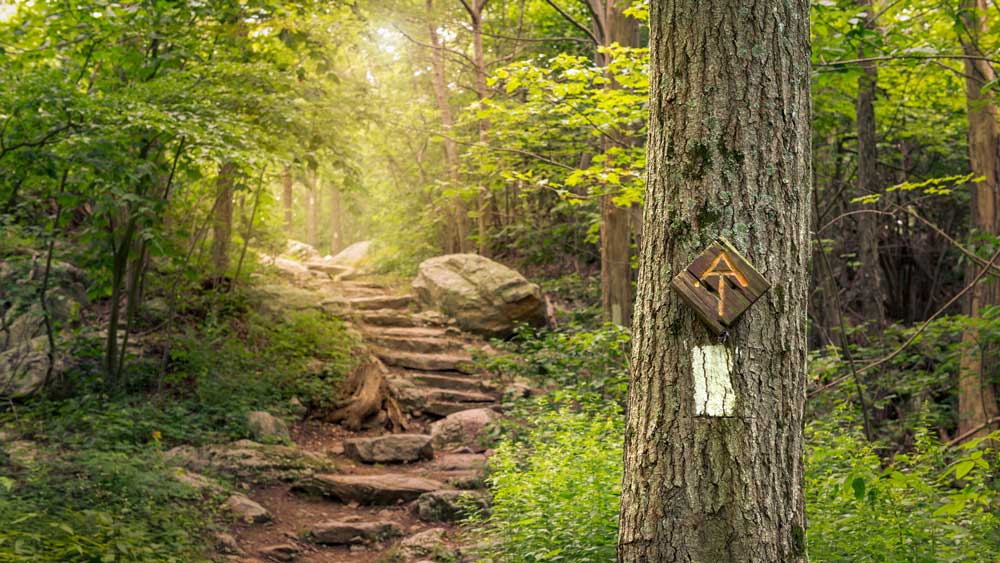
Many Americans may be familiar with the Appalachian Trail, stretching a total of 2,181 miles from Maine to Georgia. Of those miles, 232 pass through the state of Pennsylvania, where several hiking experts and enthusiasts will tell you the magnificence of the trail is most apparent.
“Hikers are greeted with the beauty of the Pennsylvania state flower, Mountain Laurel, and the state tree, Hemlock,” says Joe Patterson, a member of the Appalachian Trail Museum Society’s Board of Directors. “These are all especially inviting in the spring.”
An avid hiker himself, Patterson is familiar with the ever-changing terrain of the trail.
“Rocky in some places and paved in others, the trail is ideal for the occasional hiker, as well as for those who spend six months hiking the entire length of the AT from Georgia to Maine.”
Park officials in South Central Pennsylvania provide hikers in the area with plenty of places to embrace the scenic beauty.
The trail passes over South Mountain in Franklin, Adams and Cumberland Counties, while also making its way through two of Pennsylvania’s most popular state parks, Caledonia State Park and Pine Grove Furnace State Park. The Pennsylvania Forest Fire Museum can be found at Caledonia, and Pine Grove Furnace is home to iron furnace ruins from the American Revolutionary War, as well as the Appalachian Trail Museum.
Out of the Ore:
Birds & Blooms Walking Trail
In the 1800’s, the natural resources of South Mountain fueled the iron ore industry. Plentiful timber, water and iron ore kept the furnace stacks of South Mountain working day and night. For decades, the iron industry stripped the life from South Mountain, leaving a blank landscape, void of natural resources and habitats. Out of the iron ore industry, the Pennsylvania conservation initiative took shape. Today, the furnace site is home to hundreds of bird, wildlife, insect, tree and plant species.
Conservation History
South Mountain is an an “interstate greenway” – a large, linear corridor six to seven miles wide that links Pennsylvania with southern natural areas. It extends about 40 miles in a northeast to southwest direction connecting Adams, Cumberland, Franklin, and York Counties. From the 1700s through the 1800s, South Mountain offered the resources needed to produce pig iron. Caledonia Ironworks, Pine Grove Furnace, and Mont Alto Ironworks were three dominant operations fueled by South Mountain resources. The charcoal needed for the manufacture of iron ore required approximately one acre of timber daily to keep the furnace functioning. The wood was slow-cooked over several days to create charcoal, which was used to fuel the furnaces that smelted the iron from the iron ore. The forests of the region were clear cut every 20 to 25 years.

Pine Grove Ironworks began operating as early as 1770, Mont Alto Ironworks commenced in 1805, and Caledonia Ironworks began operations in 1837. By the turn-of-the-twentieth century , the forests of South Mountain were over-logged without consideration of replenishing the forest or keeping the habitat alive. Iron-production left the old-growth forests of South Mountain a lifeless wasteland and a prime example of Pennsylvania’s need for conservation. Sylvania is a Latin name, meaning from the woods, and pairs with the state’s founder [William] Penn to create the name Pennsylvania. Forests were the hallmark of the state. In 1870, Pennsylvania led the nation in logging. Over the next thirty years, the deforestation continued, and by 1900, Penn’s Woods were literally cut in half. Along with the deforested mountainsides came wildfires, flooding , erosion, and heavy loads of sediment dropped in waterways. Naturalists became activists, sounding an alarm to the public and leaders of Pennsylvania, not only making them aware of the loss of the nature resources and habitats but the future loss of timber-related industries.
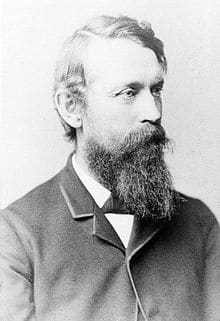
Pennsylvania Father of Forestry
Leading the effort was Joseph Rothrock, known today as the “Pennsylvania Father of Forestry.” Rothrock was a medical doctor and botanist and employed a scientific approach to studying plant and animal life. Over more than two decades, he cataloged species of animals and plants, studied forests around the world, and traveled across Pennsylvania to see firsthand the condition of forestlands. Rothrock realized the need to regrow the forests and create environmentally healthy methods to grow and cut the timber of future forests. In 1895, Joseph Rothrock was appointed Pennsylvania’s first Commissioner of Forests. Pennsylvania was focused on restoring its lands and began purchasing available acreage for stewardship and reforestation. The land of the former Mont Alto Ironworks, and Caledonia Ironworks were among the purchased land. In 1902, Mont Alto Ironworks became a state park for the leisure and recreation enjoyment of the citizens and the protection of the state’s natural lands and watersheds. Joseph Rothrock was convinced the way to ensure the sustainability of the forests, a state forestry school was needed. As he continued to secure lands, he set about to create a school to train foresters and unable to convince another to open a school, he accepted the “first class” of thirteen foresters at Pennsylvania State Forestry School in Mont Alto, PA in September 1903.
The school was on the land of the Mont Alto Ironworks. The classroom was the forest, where students helped to fight forest fires, build fire roads, and develop the forest tree nursery and arboretum on the 33,000-acre campus. Today, the Pennsylvania Forestry School is the Mont Alto Campus of Penn State–less than half a mile from the Out of the Ore: Birds & Bloom Walking Trail. Pennsylvania’s South Mountain forest has red oak, white oak, tuliptrees, red maples and hickories. Within the landscape is a unique pocket where northern and southern species live together in an area called “Meeting of the Pines,” which includes white, shortleaf, pitch, table mountain, and Virginia pines. The lower canopy of this forest includes mountain laurel, wild blackberry, and black huckleberry. Humid summer temperatures create a thriving underbrush where insects are plentiful, attracting 47 species of birds year-round, documented by the local birding chapter, Conococheague Audubon, in the PA Migration Count and Christmas Count.
The Birds of South Mountain
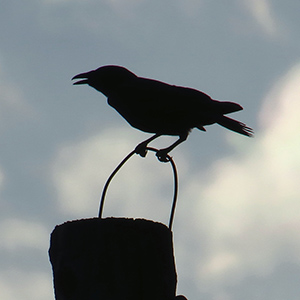
American Crow
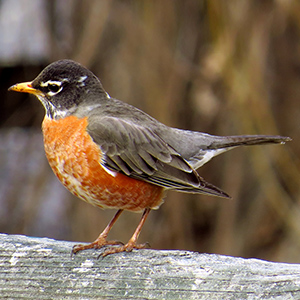
American Robin

Belted Kingfisher

Black Vulture
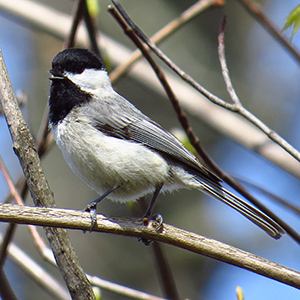
Black Capped Chickadee
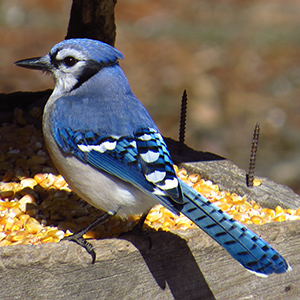
Blue Jay
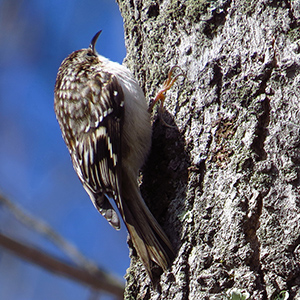
Brown Creeper

Brown Thrasher

Chipping Sparrow

Common Raven

Cooper’s Hawk
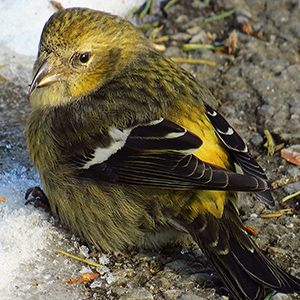
White-winged Crossbill
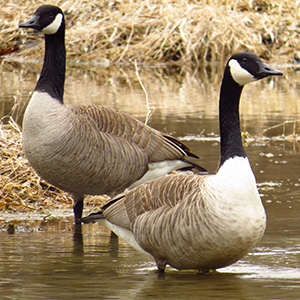
Canadian Geese
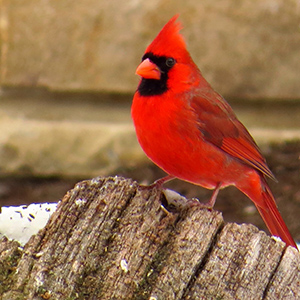
Cardinal
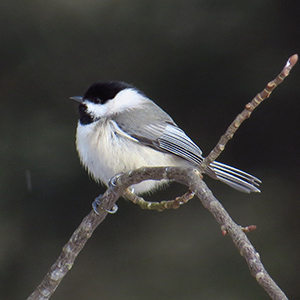
Carolina Chickadee
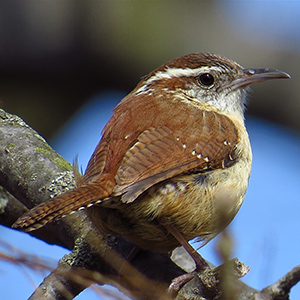
Carolina Wren
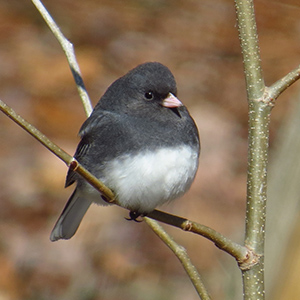
Dark-eyed Junco
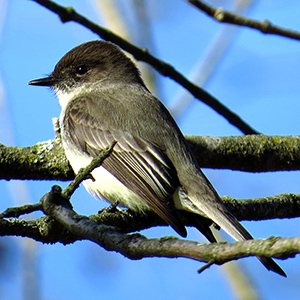
Eastern Phoebe
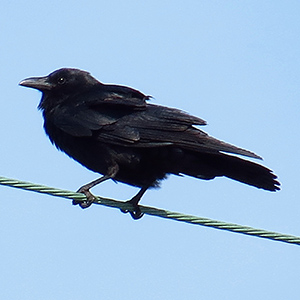
Fish Crow
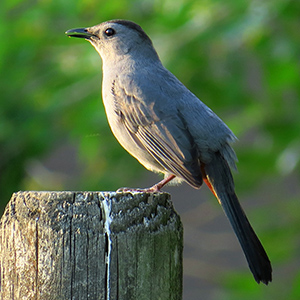
Gray Catbird
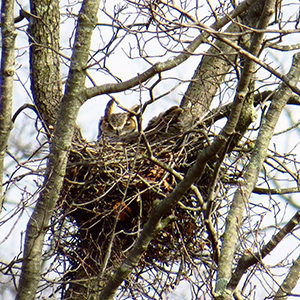
Great Horned Owl
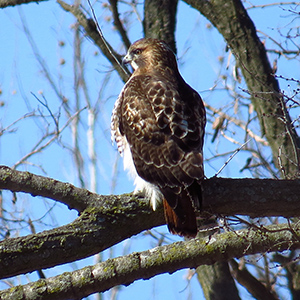
Red-tailed Hawk
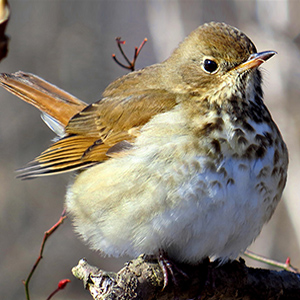
Hermit Thrush
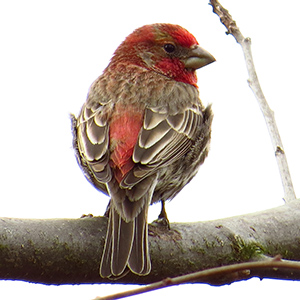
House Finch
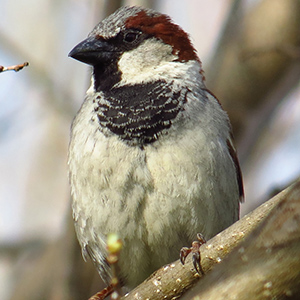
House Sparrow
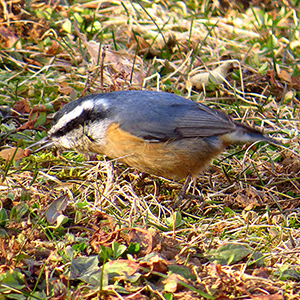
Red-breasted Nuthatch
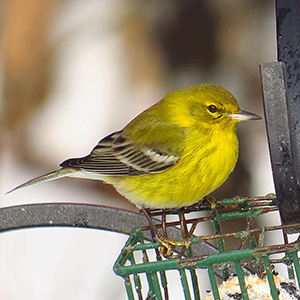
Pine Warbler
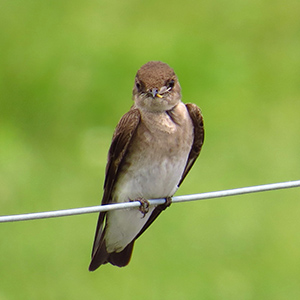
Rough-winged Swallow
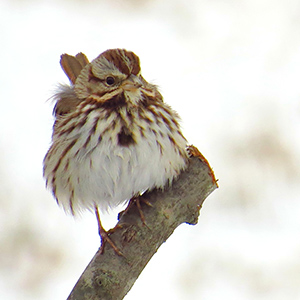
Song Sparrow
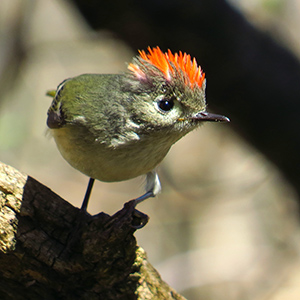
Ruby-crowned Kinglet
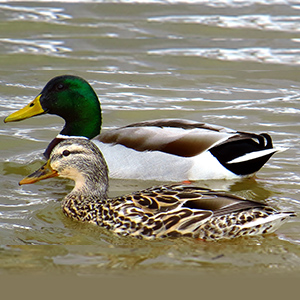
Mallard Ducks
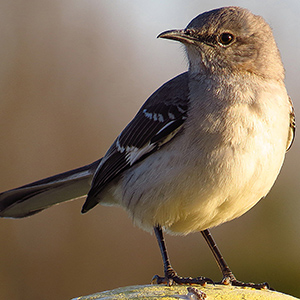
Mockingbird

Mourning Dove
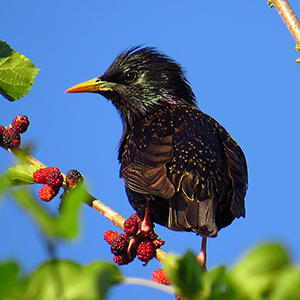
Starling
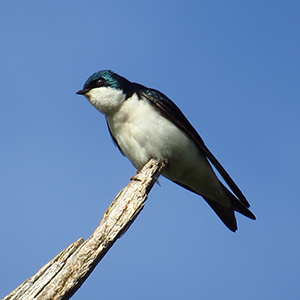
Tree Swallow
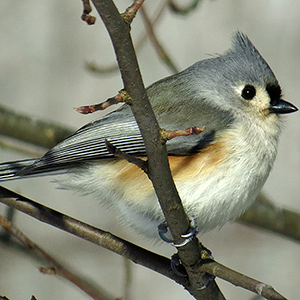
Tufted Titmouse
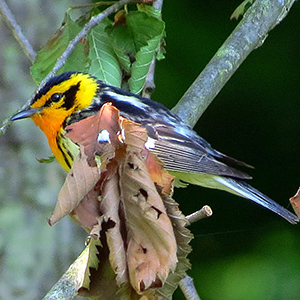
Blackburnian Warbler
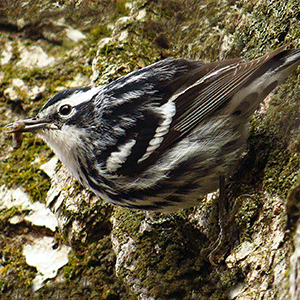
Black and White Warbler
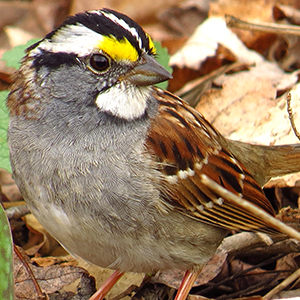
White-throated Sparrow
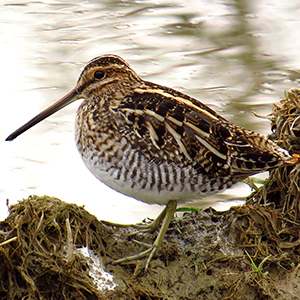
Wilson’s Snipe
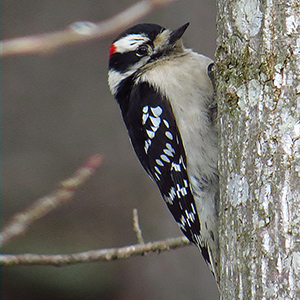
Downy Woodpecker
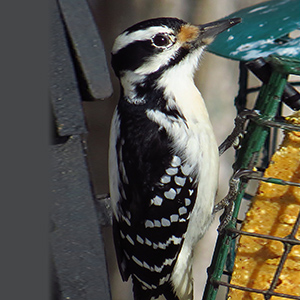
Hairy Woodpecker
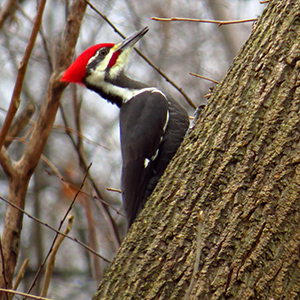
Pileated Woodpecker
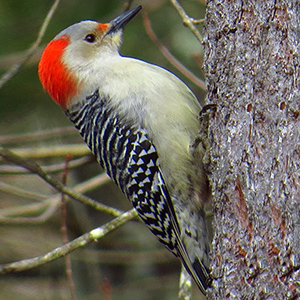
Red-bellied Woodpecker
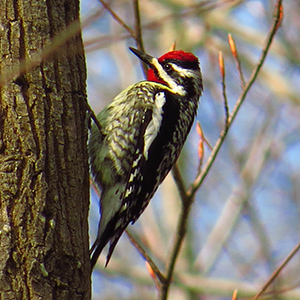
Yellow-bellied Sapsucker
A Diverse Environment
The Out of the Ore: Birds and Blooms walking trail is situated in the South Mountain area of Pennsylvania and is part of more than 85,000 acres of Michaux Forest, comprised by the land once owned by the Mont Alto Ironworks, Caledonia Ironworks, and Pine Grove Furnace. The old growth forest was burned to make charcoal to operate the iron ore furnace. Today, the forest surrounds the meadow areas where the iron ore furnaces worked decade after decade. In spring, thawing snow and rain create vernal pools between the Birds and Blooms Trail and the nearby Bricker Clearing Trail. The vernal pools support diverse aquatic lifeforms, such as fairy shrimp, water fleas, diving beetles, water mites, and water striders. Dragonflies and damselflies feed on larvae in the pool, and damselflies lay eggs in the pools. Wood frogs and spring peepers can be spotted around the pools as well as their eggs and tadpoles in the pools. Other amphibians can spotted, including spotted salamanders and marbled salamanders.
Join Our Outdoor Club

Eastern Chipmunk
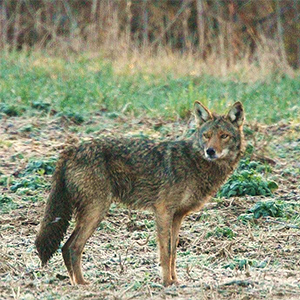
Coyote

White-tailed Deer
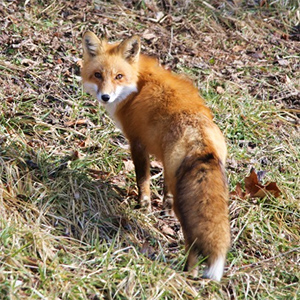
Red Fox
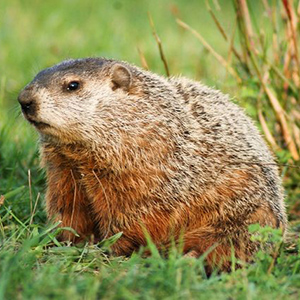
Groundhog or Woodchuck

White-footed Mouse
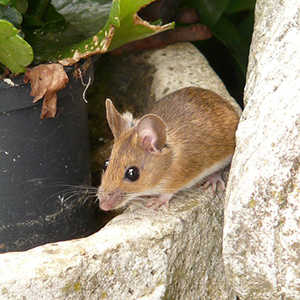
Woodland Jumping Mouse

Eastern Cottontail Rabbit
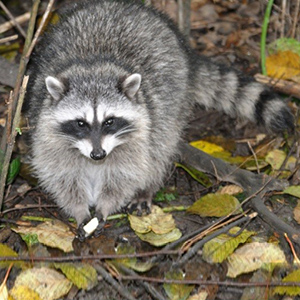
Northern Raccoon
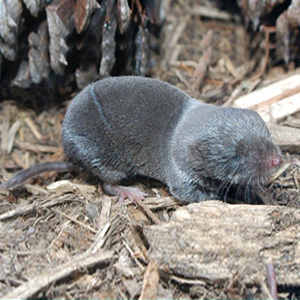
Northern Short-tailed Shrew
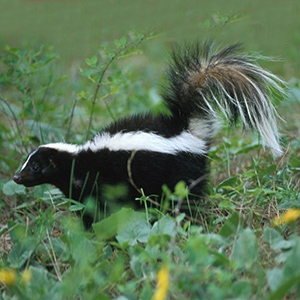
Striped Skunk

Eastern Gray Squirrel
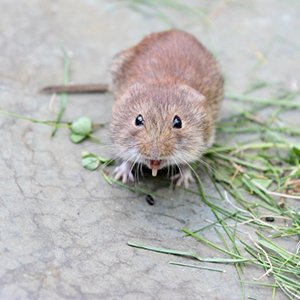
Southern Red-backed Vole
From Forest to Furnace
Colonial America was fueled by forests and water. By the middle of the 18th century, iron ore production was a leading colonial export, behind wheat and wood. To manufacture the iron ore, a furnace stack was filled with rocks containing iron ore, charcoal, and limestone. The furnace heated the contents to a high temperature. Water powered a bellows, which added bursts of air to increase the burn. The charcoal and limestone helped to separate the impurities, which floated to the top of the molten mass. This impure substance was called slag, which can be found at the former furnace sites even today. It has a glassy appearance and is a dark color. Ore was heavier than the slag and could be run off into troughs or molds, which looked like a mother pig nursing her piglets. The name “pig iron” is derived from this visual. Colonial ironworks were important to the success of the Colonial quest for independence during the Revolutionary War. By the eve of the American Revolution, America was producing about 1/7 of the world’s total iron, and Pennsylvania contributed nearly 20 blast furnaces. Though the early American ironworks helped to forge the next phase of America’s development—the industrial revolution, the methods of extracting iron from ore changed in the second half of the 19th century and the furnaces of South Mountain ceased production.
Franklin County Visitors Bureau
Explore Franklin County PA is the official site for adventure, history, and getaways throughout our wonderful county. You'll find adventure at your pace throughout our diverse and unique towns of Chambersburg, Greencastle, Waynesboro, Mercersburg, and a little sliver of Shippensburg and all points in between.









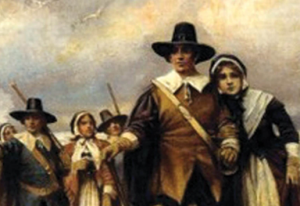
 Underground Railroad
Underground Railroad